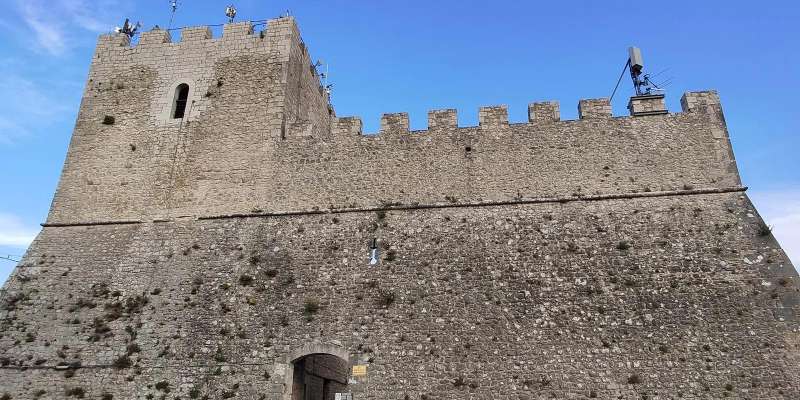- Home
- Useful Tips
- Visiting Campobasso and other...
Most travelers overlook Molise, Italy's undiscovered region, missing its authentic charm while battling crowded tourist hotspots elsewhere. Recent surveys show 78% of Italy visitors never venture beyond the main cities, leaving them frustrated with overpriced accommodations and packed attractions. In Molise, you'll encounter medieval villages frozen in time, family-run trattorias serving generations-old recipes, and landscapes untouched by mass tourism – but only if you know where to look. The challenge lies in accessing reliable information about this hidden region, where English isn't widely spoken and many treasures aren't listed in guidebooks. Without local knowledge, you might miss Campobasso's mysterious monoliths or the breathtaking views from Pietrabbondante's ancient theater.


Why Molise surprises even seasoned Italy travelers
Molise defies expectations at every turn, offering what overcrowded Italian destinations can't – genuine authenticity. While tourists queue for hours at Rome's Colosseum, you could have Saepinum's Roman ruins entirely to yourself. The region preserves traditions lost elsewhere, like the transhumance festivals where shepherds parade flocks down ancient trails. Campobasso's historic center reveals layered history through its Norman castle, art nouveau buildings, and the rarely visited Samnite Museum housing prehistoric artifacts. What makes Molise truly special isn't just what you see, but how you experience it. Meals become cultural exchanges when dining at agriturismi where farmers serve their own produce. Unlike commercialized wine regions, Molise's vineyards often welcome visitors personally for tastings. The slower pace allows meaningful connections most Italian trips lack.
Navigating Molise's hidden transportation network
Public transport in Molise requires strategy but unlocks significant savings over rental cars. Regional trains connect Campobasso to Isernia and Termoli efficiently, while COTRAM buses reach hilltop villages – if you understand their limited schedules. Locals know to verify return times immediately upon arrival, as many routes operate just twice daily. For Agnone or Pietrabbondante, coordinating with bus departures from Isernia station proves wiser than attempting direct routes. Savvy travelers purchase the Molise Discovery Pass (€15 for 3 days), covering all regional transport with added museum discounts. Those preferring flexibility can join local ride-sharing boards like Blablacar Molise, where residents often offer lifts to festivals. Remember, distances appear deceiving on maps – winding mountain roads make 40km journeys take 90 minutes. Always confirm road conditions in winter when some villages become inaccessible.
Sleeping like a local in historic dwellings
Molise's accommodation options provide character impossible to find in standard hotels, often at lower prices. Converted monasteries like Palazzo Pistilli in Campobasso offer rooms with frescoed ceilings for under €80/night. Agriturismo stays deliver both lodging and cultural immersion – Fattoria Giò in Vinchiaturo includes farm activities and homemade meals in their rates. For budget travelers, many villages have restored historic homes available through community tourism programs; Casacalenda's 'Albergo Diffuso' spreads guestrooms across the medieval quarter. Off-season visitors (October-April) frequently receive free upgrades as proprietors appreciate business during quiet months. Regardless of choice, always ask about local event calendars – you might coincidentally book during a truffle festival or chestnut harvest celebration.
Experiencing Molise's secret festivals and traditions
Timing your visit around Molise's unique events transforms a trip into a once-in-a-lifetime experience. The 'Ndocciata di Agnone' each December features hundreds of torchbearers creating rivers of fire through the streets – Italy's largest fire festival unknown to most tourists. Come spring, the Transumanza festival sees shepherds lead decorated sheep through Frosolone wearing traditional costumes. Even smaller villages host extraordinary events; Sepino recreates Roman markets in its ancient forum, while Castel del Giudice's apple festival celebrates their organic orchards with tastings and folk music. Locals suggest arriving early morning for prime viewing spots and staying late when celebrations often continue privately in homes. Many festivals include free workshops where visitors learn cheese-making, wool processing, or other vanishing arts. These authentic encounters cost nothing but deliver what money can't buy elsewhere in Italy.
